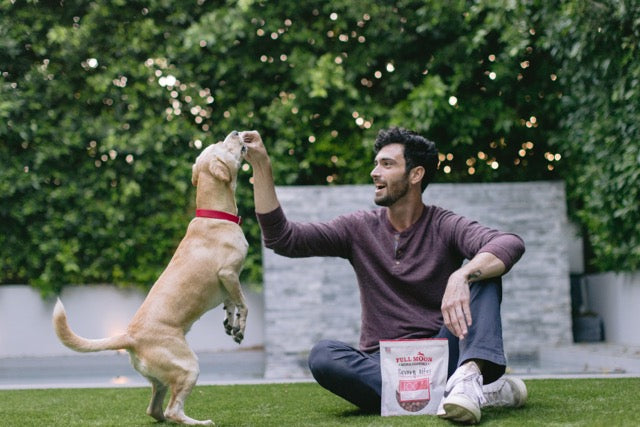
Embarking on the journey of dog training is like opening a treasure chest of endless possibilities, filled with wagging tails and furry high-fives. Successful training involves patience, consistency, and a commitment to positive reinforcement. In this comprehensive guide, we’ll explore key steps and tips to help you navigate the training process and cultivate a well-behaved pup.
Understanding the Basics: The Canine ABCs
Before diving into training techniques, it’s crucial to understand the basics of canine communication. Dogs communicate with us in a language of their own—a language filled with wagging tails, perked ears, and soulful eyes. Understanding the ABCs of canine behavior—from body language to vocalizations—creates a deeper connection with your furry friend. By tuning into their silent language, you not only strengthen your bond but also create a foundation for effective training.
Treats, Tricks, and Tons of Tail Wags
The cornerstone of successful training is positive reinforcement. It’s more than just treats and belly rubs; it’s a powerful tool that fosters a strong bond between you and your four-legged companion. Treats, praise, and play can transform learning into a delightful experience for your dog. Treats serve as instant gratification for your pup, associating good behavior with a delicious outcome. Full Moon’s Essential Savory Bites are known to cause excessive sitting, staying, and obeying. Packed to the brim with protein these bite-size morsels are the ready-to-go training treat you’ve been looking for. Uncover the power of rewards in reinforcing good behavior and building a strong connection.
Essential Commands Every Pup Should Know
Teaching your dog essential commands is not just about obedience; it’s a roadmap to a harmonious and joyful partnership. From basic commands like “sit” and “stay” to more advanced ones like “leave it” and “recall,” master the essential tools that ensure a well-behaved and responsive furry friend. As you embark on your training journey, remember that basic commands are more than just words; they’re the building blocks of a well-behaved and loyal companion.
Patience: The Training Virtue
Training takes time, and just like any worthwhile endeavor, success in dog training often boils down to one key ingredient: patience. Learn how to approach challenges with a calm demeanor, understanding that consistency and repetition are key. This tandem approach helps your dog understand what is expected and builds a reliable routine. The importance of patience lies not just in achieving obedience but in fostering a relationship built on trust, understanding, and mutual respect. Embrace the journey, celebrate small victories, and let patience be your guiding star.
Tailoring Training to Your Dog's Personality
Just like humans, dogs have unique personalities. When it comes to dog training, understanding and embracing your dog’s individuality is key to creating a successful and harmonious learning experience. Whether you have a social butterfly or a more reserved soul, understanding your dog’s individual needs ensures a training plan that suits them best and creates an environment where they can thrive and be themselves.
Leash Etiquette and Polite Pooches
Master the art of leash training and turn walks into enjoyable experiences for both you and your dog. Whether you’re navigating a crowded city street or enjoying the tranquility of a park, proper leash etiquette sets the stage for a positive experience for everyone. Leash etiquette is not just about adhering to a set of rules; it’s about fostering a positive connection between you and your dog and provides mental and physical stimulation for your pup. Explore techniques to curb pulling, encourage loose leash walking, and address common challenges to make every stroll a pleasure.
Addressing Common Behavior Issues
No training journey is without its bumps. Understanding and addressing common behavior issues is a crucial aspect of nurturing a well-behaved and happy pup. If you notice any undesirable behavior, address it promptly. Identify the cause of the behavior, redirect your dog’s attention to a positive action, and reinforce good behavior. Remember that every dog is unique, and what works for one may not work for another. Tailor your approach, celebrate your successes, and view training as a collaborative journey between you and your canine companion. With dedication, consistency, and a deep understanding of your dog’s individual needs you can overcome behavior challenges and create a harmonious living environment for both you and your furry friend.
Successfully training your dog is a journey of learning and growth for both you and your dog. It’s not just about obedience; it’s about building a strong connection with your dog and developing understanding and trust. Be patient in the face of challenges and enjoy the process of deepening your bond. With a positive mindset and a lot of dedication, you’ll pave the way for an obedient and happy dog that enriches your life every day.





